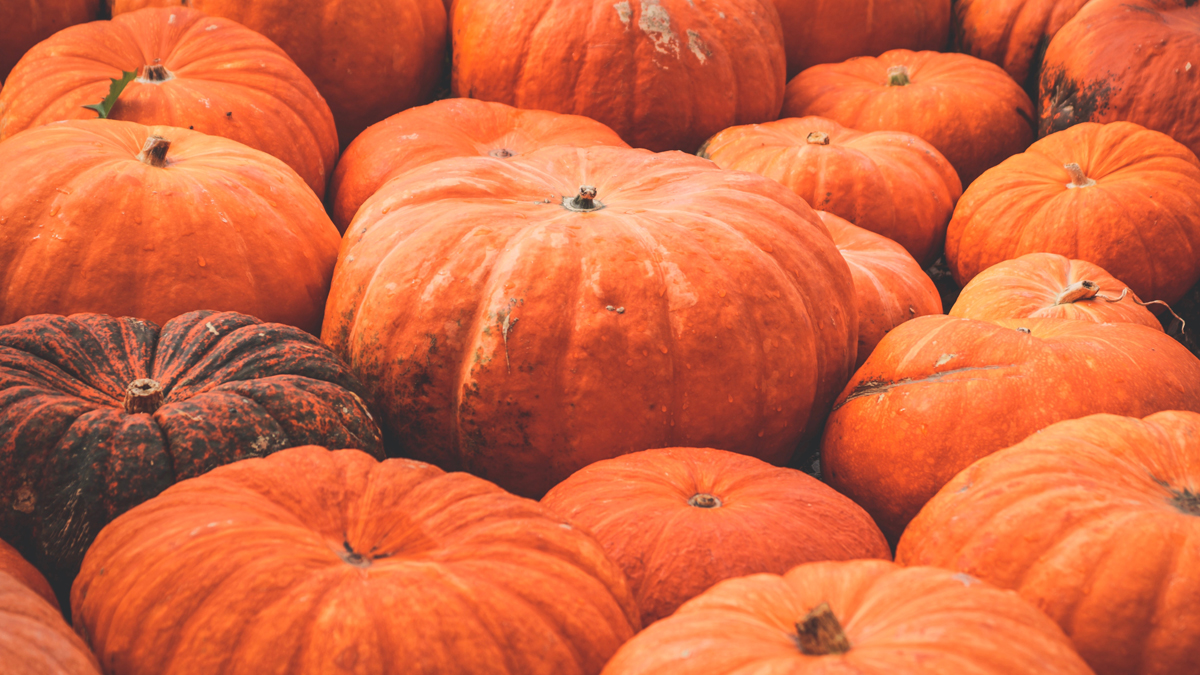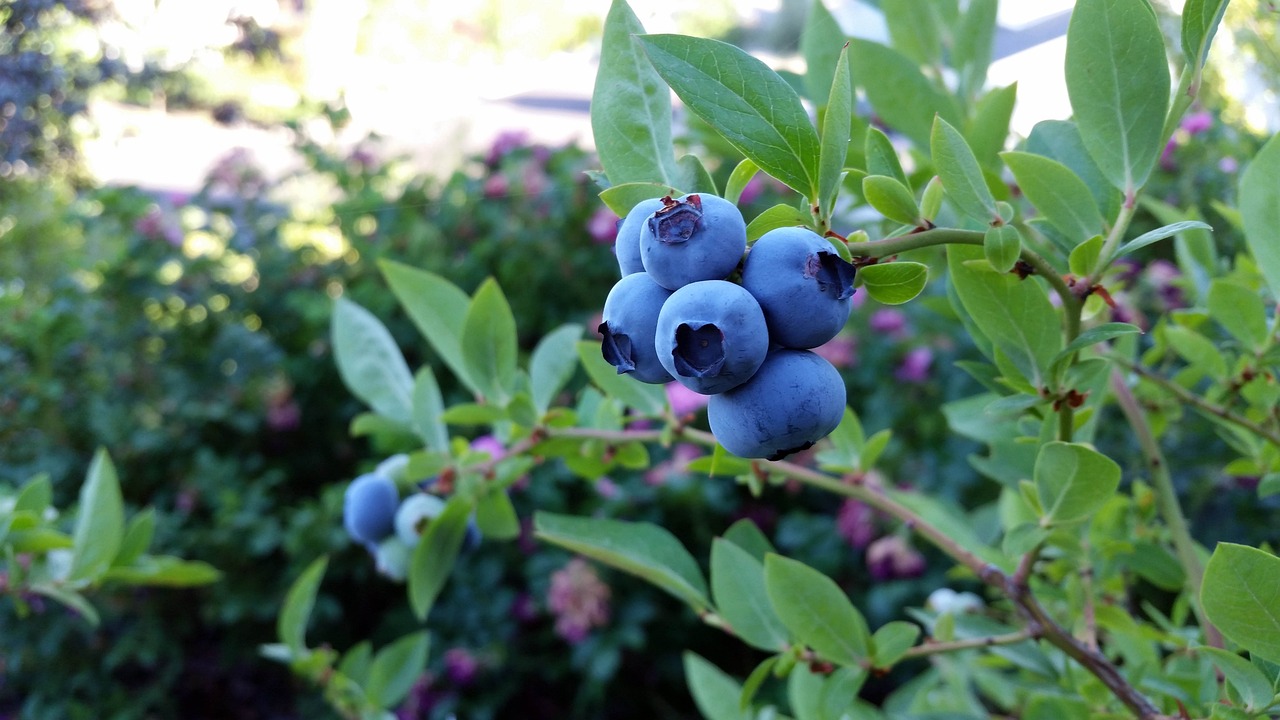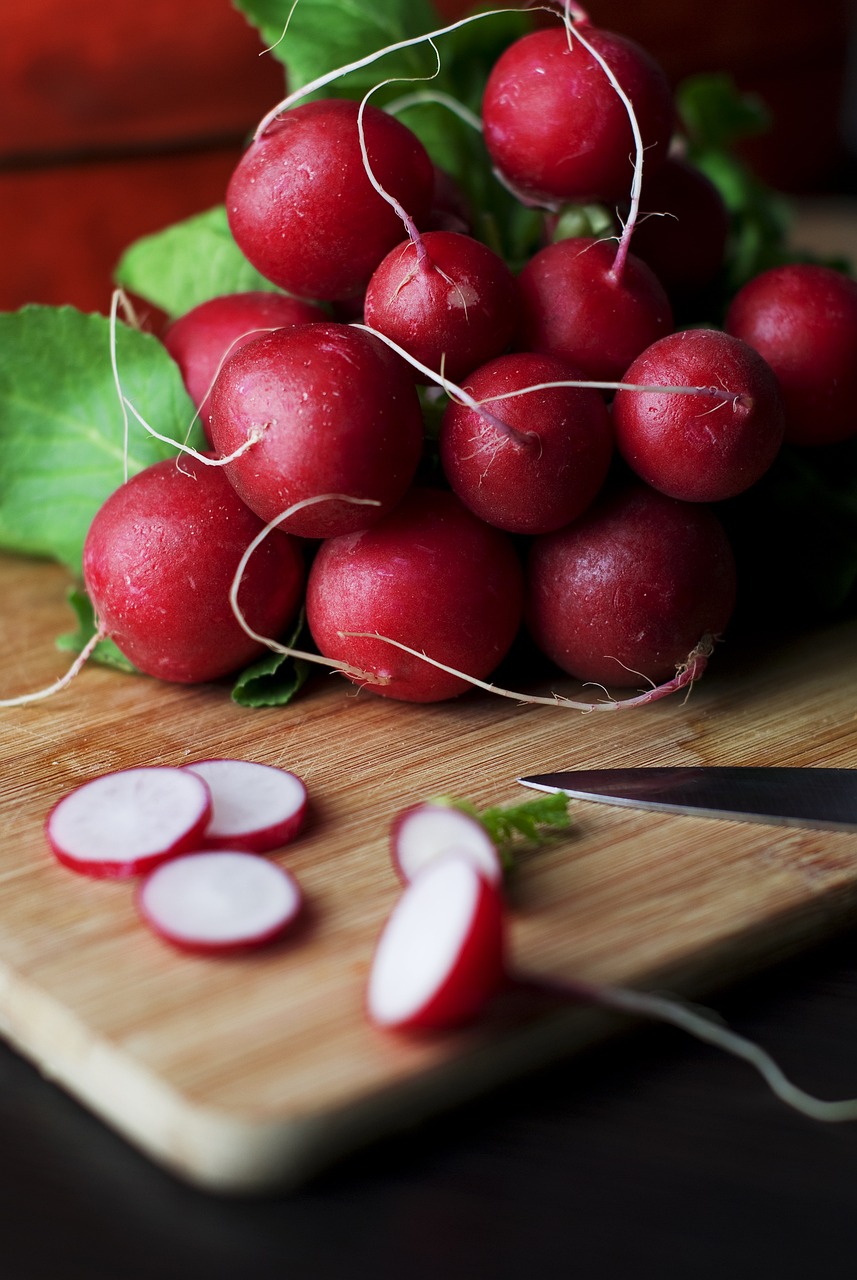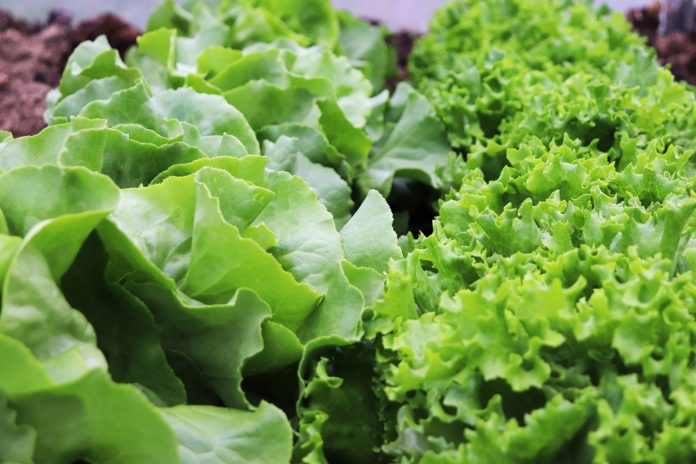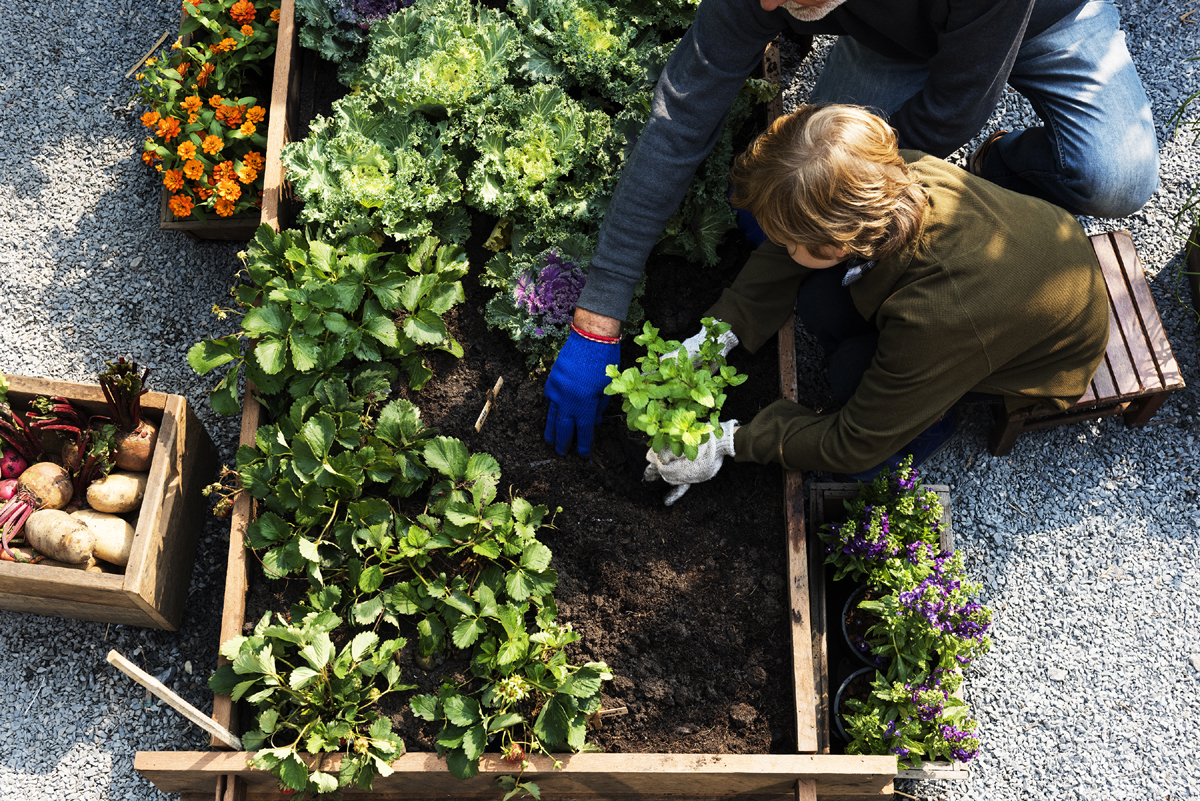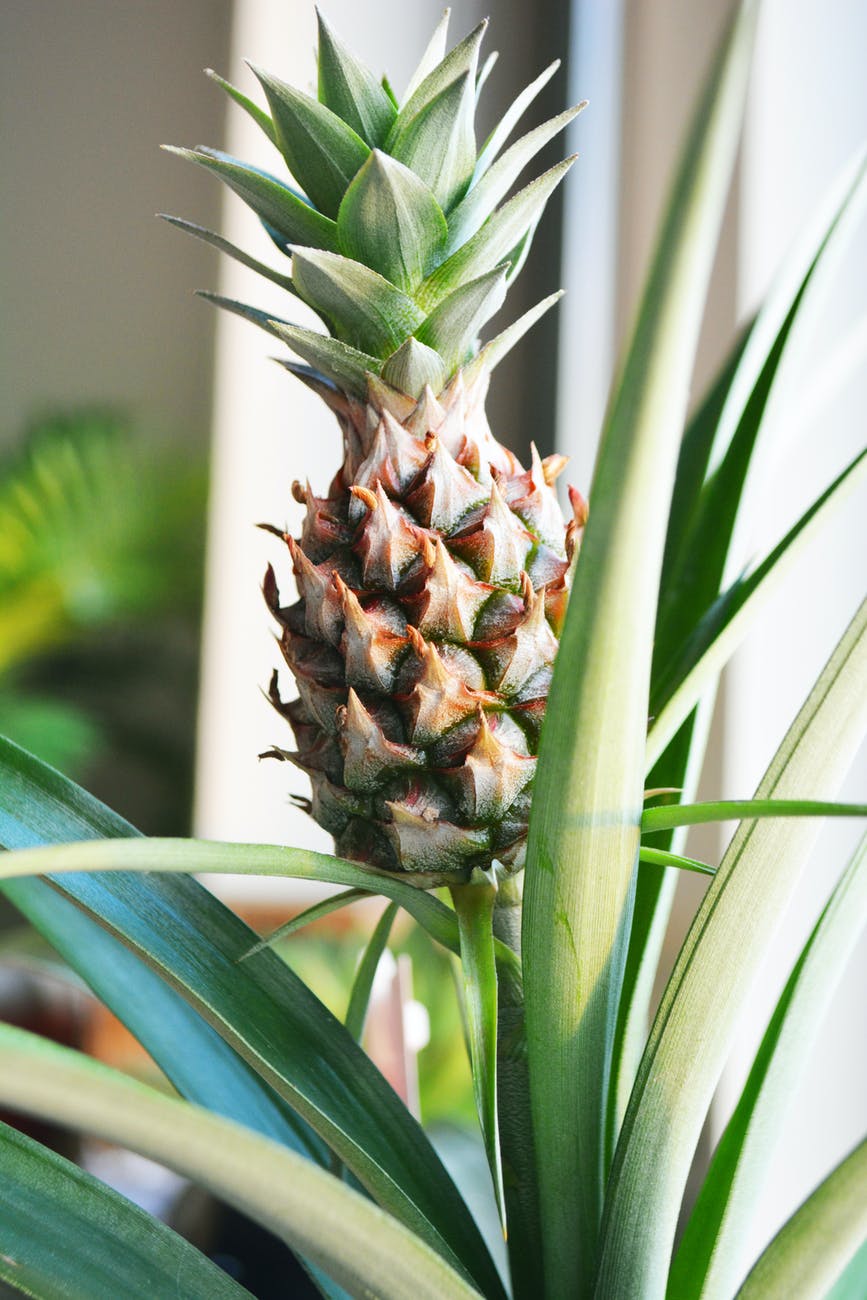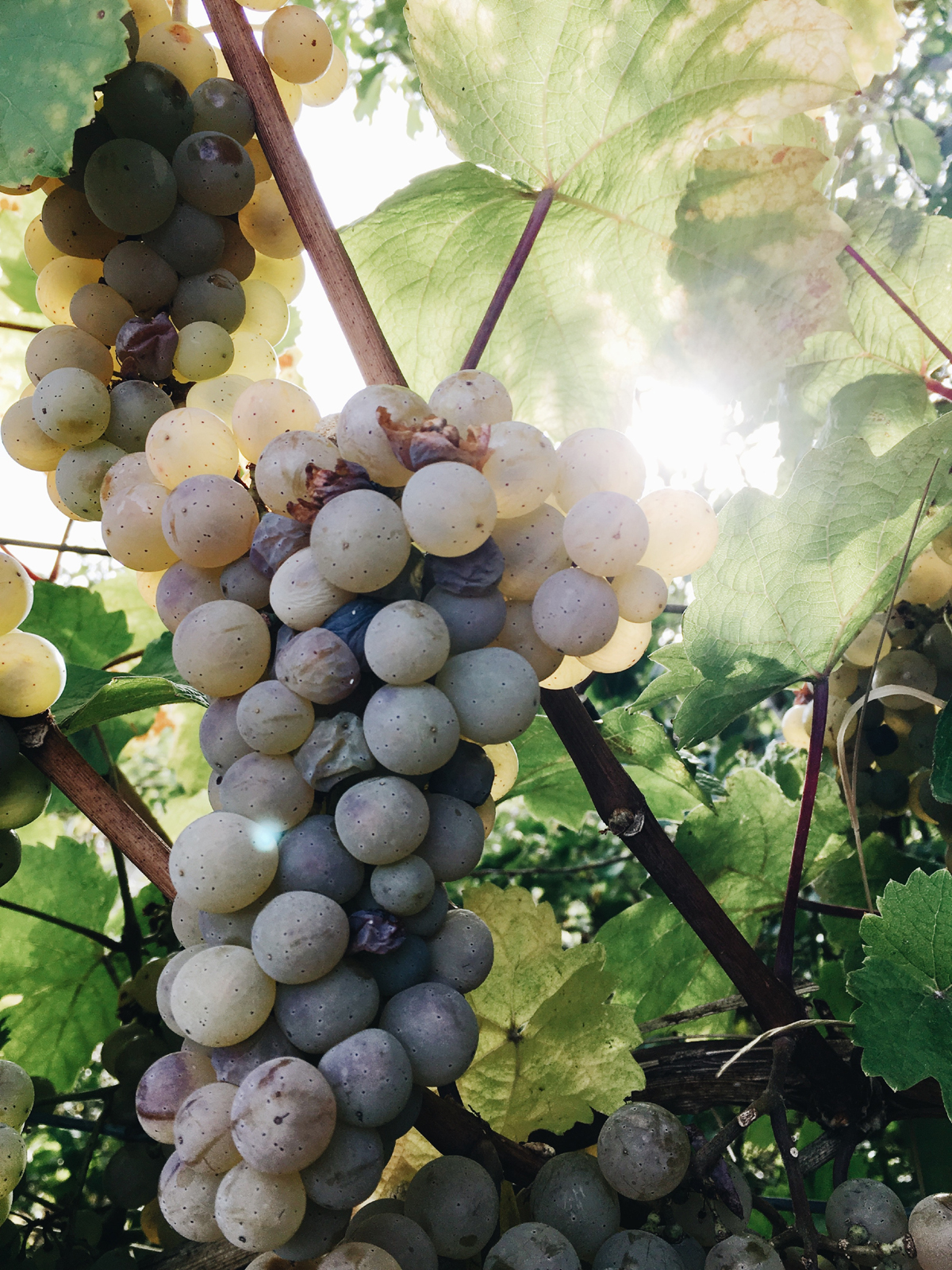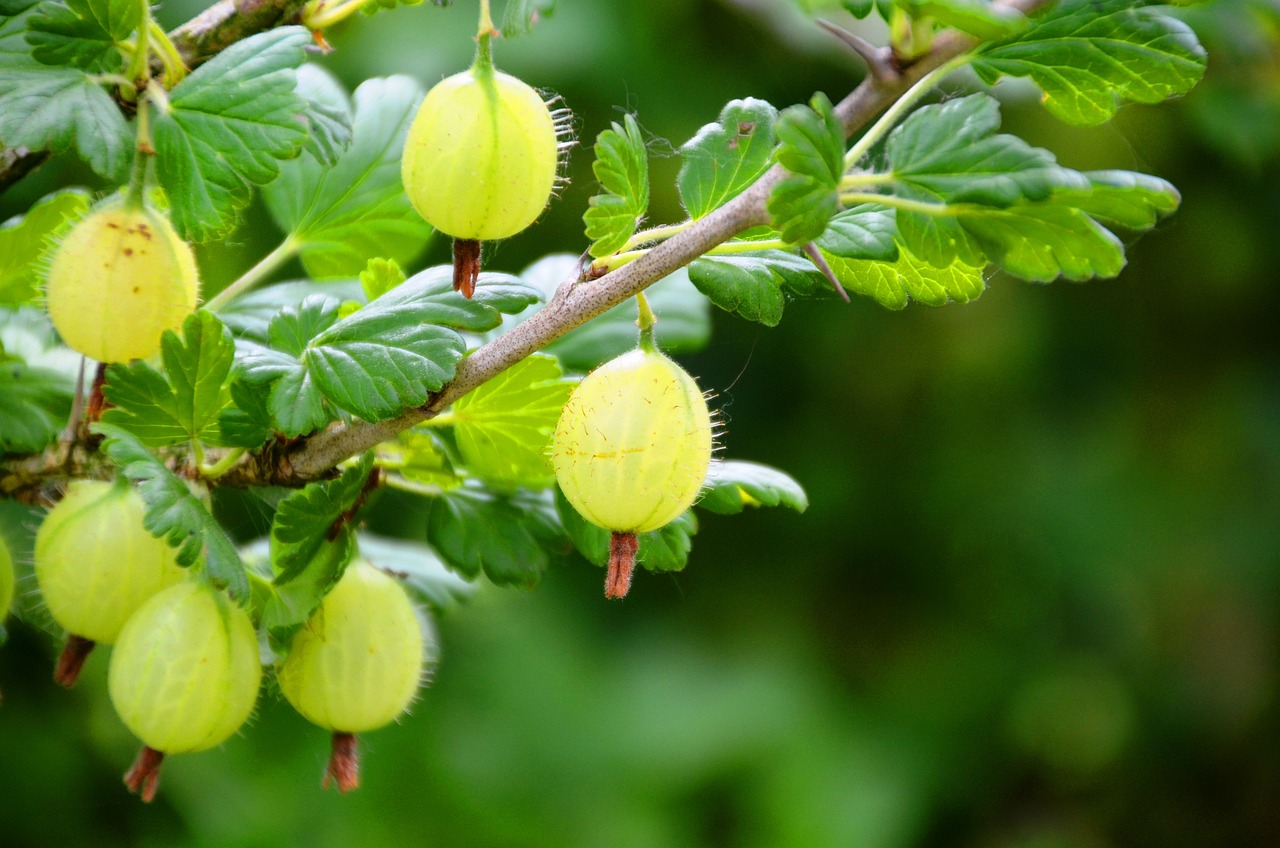Pigweed – A Great Garden Partner, Not a Pest
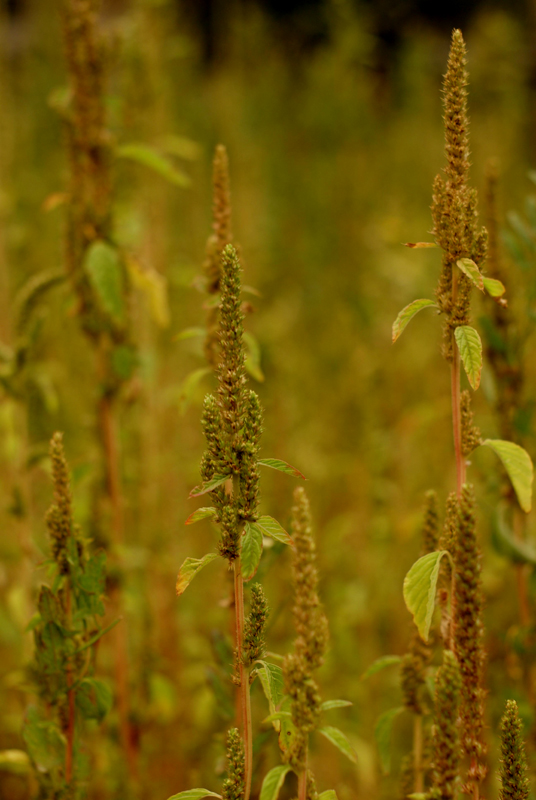
While dedicated gardeners are madly yanking the noxious pigweed juvenile plants from their gardens in mid-May, savvy harvesters are savoring the wonderful greens that they will enjoy on the dinner plate when this tender young amaranth is boiled and served with butter and parsley.
Pigweed is a fast growing, hardy weed that shows up in gardens and marginal soils at about the same time as its equally hated friend, dandelion. Both are succulent, tasty and nutritious plants that most of us shun.
While pigweed can be harvested throughout the summer, it is at its most tender in late spring. The mature plant has a tough stem that requires dedicated boiling to force it into tenderness, while the juvenile amaranth can bee consumed whole.
I often have secured my weekly supply of vegetables simply by harvesting spring’s new wild plants and weeds, even though plants such as pigweed and ragweed are targeted as the source of many springtime allergies.
Like dandelion greens, pigweed is very tasty as a boiled green, augmented with a sprinkle of parsley and thyme. However, the leaves also work well in a modified “garden” salad, using dandelions, wild portulaca, wild strawberry leaves and shaved cattail root. While mints are a little delayed behind the first rush of pigweed greens, they, too, offer a sharp, fresh taste with your wild greens medley. Pickled or canned pigweed can easily be retained for use throughout the winter, and some people simply steam it for one or two minutes before bagging and freezing it.
Pigweed is a particularly hardy plant that takes lots of abuse and continues to grow. It is drought and heat resistant, can survive when tilled, tread upon or even razed in spring grass burning. On the other hand, the taproot gives way easily when weeded from the garden, so, even if you are intent upon eradicating the weed, pull it, but consume the green, above-ground parts. It is a truly vengeful way to punish this weed for its intrusive nature.
Red pigweed is found in almost all parts of North America, excluding Newfoundland Labrador, with green and smooth having somewhat more restrictive territories. Smooth pigweed dominates in eastern parts of USA and Canada, while green pigweed mostly lives in western USA, Manitoba, Alberta and Saskatchewan.
Amaranth seeds have complete protein amino acid sets, making the seed a valuable grain. The leaves are high in calcium, iron and magnesium.
Pigweed actually can play a vital role in a garden as a companion plant, as it harbors ground beetles that prey on pests, while trapping leaf miners.
Unfortunately, its reputation as a noxious weed makes it a target for destruction rather than harvest. This is the gardener’s loss, as it is a beneficial and valued food source. It is one of the safest foods to eat from the wild, and a very tasty addition as a side dish or component of the main meal.
The Author:
Bob Lee is a former business developer who, upon his retirement, built a yurt in the backwoods of Manitoba, designed his own solar and wind power systems, and has gone completely “off the grid.” He and his wife, Janice, operate a small pesticide- and herbicide-free market garden, and spend their summers harvesting wild plants. Visit his blog at http://leanandgreenliving.blogspot.com to read a few of their exploits and anecdotes.

